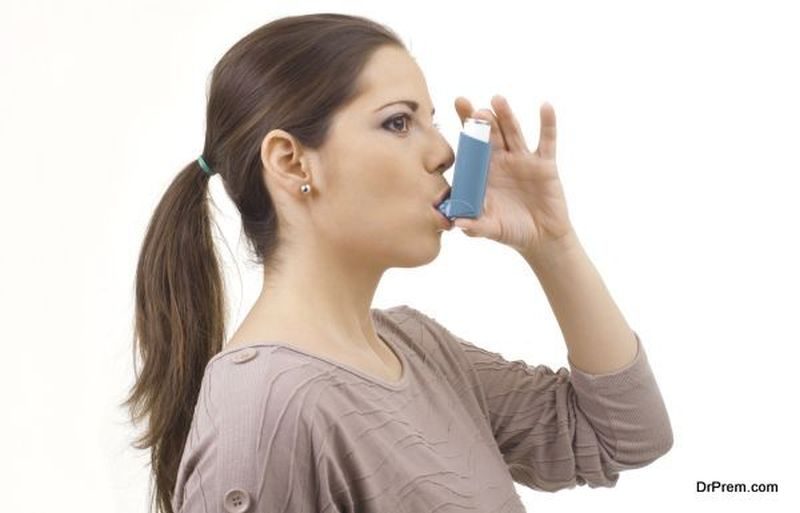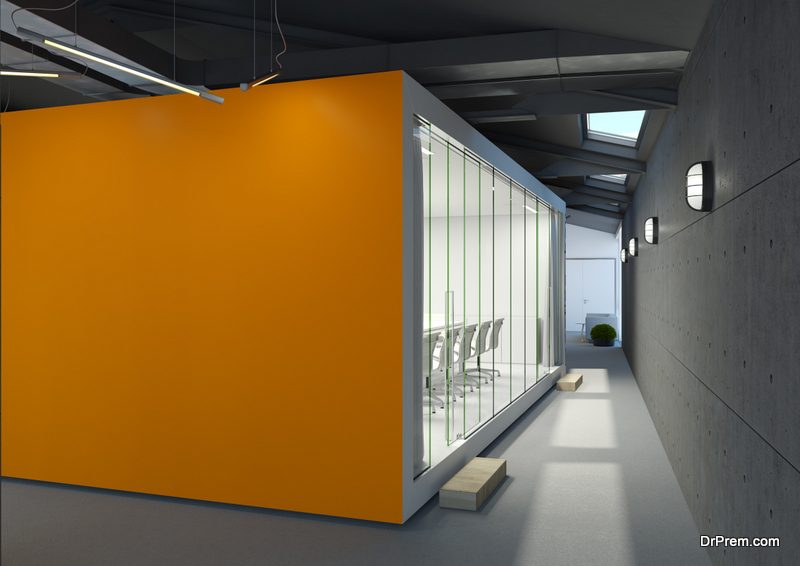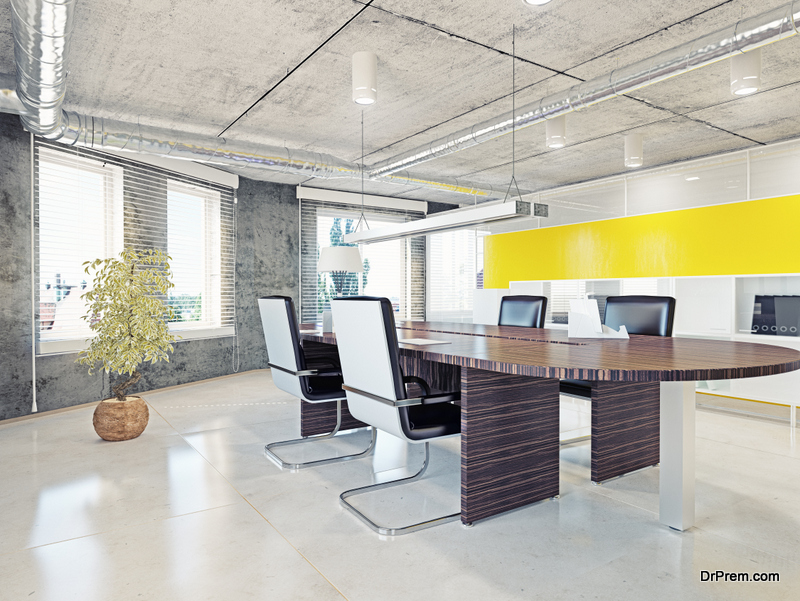Humans now live their lives in more confined spaces than ever. We work in small office blocks, reside in tiny apartments, take the subway everywhere, and spend a lot of time in cramped bars, shops and public facilities.The air outside isn’t always fresh, especially if we live in cities, where it can be very polluted and perhaps do us more harm than good.
However, keeping a flow of natural ventilation throughout our indoor spaces is still imperative to staying healthy and ensuring our buildings remain structurally intact for longer. Even when it’s cold outside, we need to consider the importance of cracking open some windows and letting air circulate our surroundings.
Here’s why we should all be breathing more fresh air, and why we need to get more ventilation in our buildings.
Improving Health

In 2014, it was estimated by The Global Asthma Network that asthma affected up to 334 million people worldwide. Today in 2018, in a population of over 7 billion humans and air pollution rates getting worse, we can guess that this figure has increased.
Everyday Health reports that asthma rates have risen 12% in the last decade, and incidence of the respiratory disease and other breathing issues have been rising dramatically since the industrial revolution. It’s thought to be triggered by a mix of a person’s genetics combined with their environment – and living in a tight-packed city with high rates of air pollution increases your risk substantially.
This is why keeping our air clean and fresh is becoming a bigger problem for governments to tackle – children are getting sick because of poor air quality. Sanctions have been placed on car companies who produce vehicles that emit too much carbon, and factories that are found to pollute the air.
While we can’t control the quality of the air outside, we can control what goes on inside our own buildings. People working in factories are entitled to breathing masks and employers must adhere to ventilation standards to ensure their employees’ lungs aren’t being impacted. These are steps in the right direction, but we still have a long way to go before the air we breathe all over the world is fresh and healthy.
Maintaining A Building’s Structural Integrity
Natural airflow inside a building helps maintain its structural integrity for longer. This is because it reduces mold, mildew, condensation and other effects of static air and moisture, drying out damp buildings. Dampness erodes the materials that hold the building together – and if it doesn’t dry, can spell disaster for the entire structure if allowed to grow worse over a period of time.
To ensure buildings do their job – that is to keep everyone inside safe and healthy – the entire thing must be adequately ventilated with natural airflow. This is not only much more pleasant for anyone who lives or works there, but potentially adds years of life to the building.
Reducing Impact of Fire & Smoke

Companies are beginning to expand their ventilation services into specialized solutions for fire and smoke, potentially saving lives. Products like those from Airocle, an Australian ventilation design company, combine scientific research with cutting edge technology to ensure that if a fire should break out, people have more time to exit the building before the situation escalates. They contain activation triggers which open the vents in the event of an emergency to direct smoke out of the building, keeping those inside out of harm’s way for longer.
Safety features like these that focus specifically on reducing harmful gases to people are constantly being developed and improved – good news for people who spend large amounts of time inside.
How Can I Improve the Airflow in My Home & Workplace?
There are plenty of ways you can improve the air quality in your environment to stay healthy. Start with:
- Opening windows for at least a couple of hours a day
- Don’t use synthetic air fresheners
- Vacuum and dust regularly
- Use a breathing mask in dirty, confined spaces, like the subway
- Get out of the city once a week if possible
- Have working fire and carbon monoxide alarms
- Make sure your home and workplace air vents are clean and working.
Article Submitted By Community Writer




